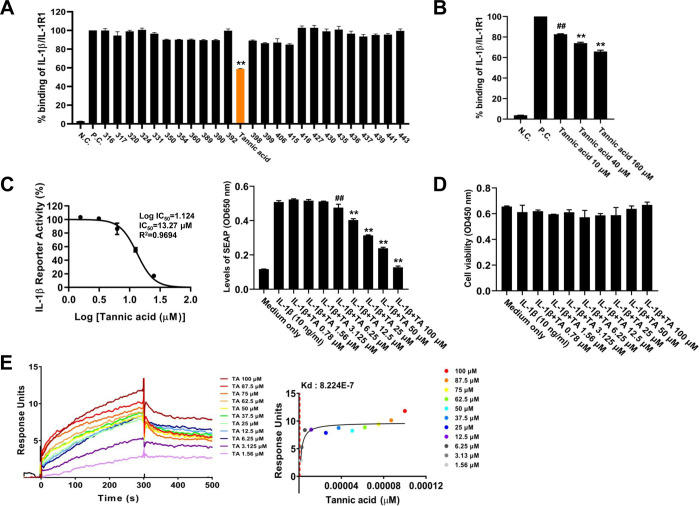Fig 1. Screening and affinity determination of small molecule inhibitor of IL-1β.
(A) 2303 natural compound libraries were tested for their ability to inhibit the interaction between recombinant human IL-1β and IL1 Receptor 1. Microtiter 96-well plates were coated with hIL-1β (100 ng/well) overnight and the blocking buffer without any single compound was used as a positive control. Diluted single compounds (20 μM) were added to each well and incubated for 2 h. After washing, recombinant human IL-1R1 (125 ng/ml) was added and incubated for 2 h. Subsequently, HRP-conjugated Anti-Human IgG Fc (1:2000) was added and incubated for 1 h. An OD450 was obtained following the TMB reaction. Data indicate mean ± SD (n = 3). (B) Dose-dependency test of selected natural compound for blocking the interaction between recombinant human IL-1β and IL-1R1. Every step was identical to primary screening except for concentrations of selected natural compound (10, 40, or 160 μM) and washing buffer (PBS containing 0.05% Tween-20 and 0.01% Triton X-100). * p <0.05 compared to the control group of IL-1β and IL1 Receptor 1 interaction without any natural compounds. (C) IL-1β-dependent HEK-Blue IL-1β cells (5×104 cell/well) were seeded onto a 96-well plate and treated with pre-incubation (20 min) of human IL-1β (10 ng/ml) with various concentrations of TA (0.78, 1.56, 3.125, 6.25, 12.5, 25, 50, or 100 μM). After a 24 h incubation, SEAP activity was assessed using QUANTI-Blue™ and the optical ensity (OD) at 620 nm. Cell viability was measured by analyzing the OD at 450 nm using D-Plus CCK. The IC50 value of tannic acid was determined using the GraphPadPrism 10 software. Data indicate mean ± SD (n = 3). (D) Surface plasmon resonance (SPR) assay was used to analyze the direct binding of tannic acid to human IL-1β. Human IL-1β protein (50 μg/ml) was immobilized on a CM5 sensor chip and various concentrations of TA (1.56, 3.125, 6.25, 12.5, 25, 37.5, 50, 62.5, 75, 87.5, or 100 μΜ) were injected into the flow system with a flow rate 20 μl/min for 300 s and allowed to dissociate for 600 s. The KD values of the tannic acid against human IL-1β were obtained using the T200 BIA evaluation software.

